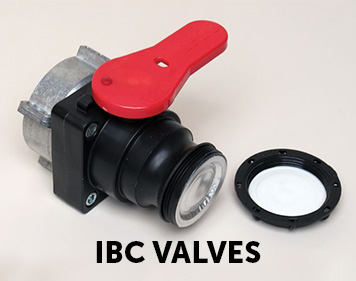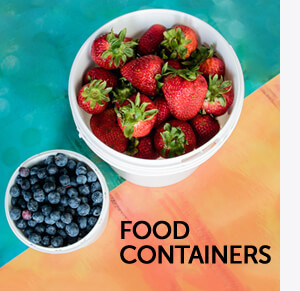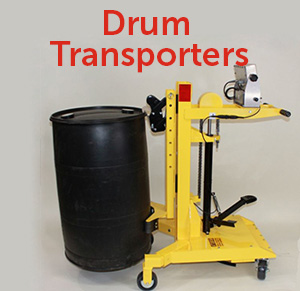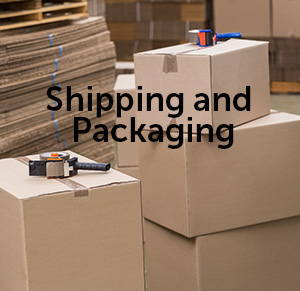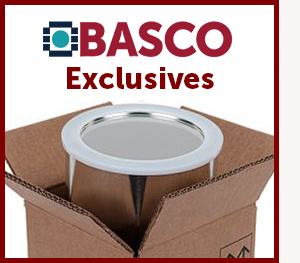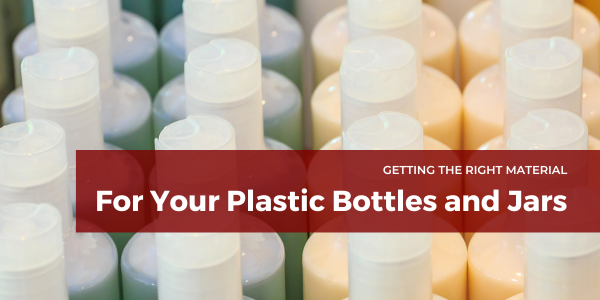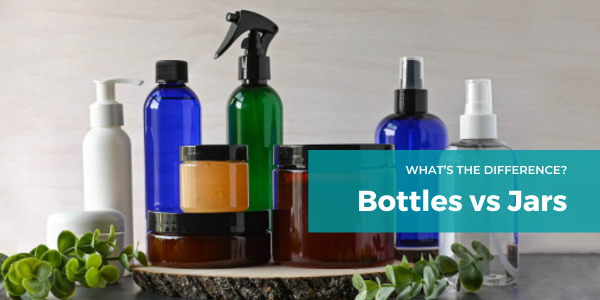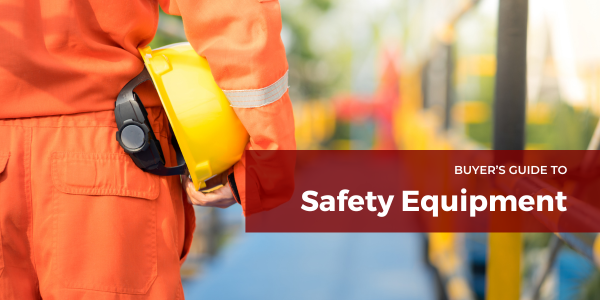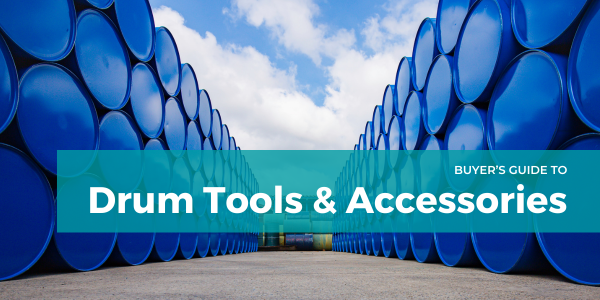What is Secondary Containment?
Secondary containment is any system, device, or control measure that is used to stop a discharge from leaving a specified area. It's basically the means of capturing a spill, leak, or drip from a package.
Whether it's a pallet, tray, basin, or deck, all containment systems must have three basic design features to comply with EPA 40 CFR 264.175:
- They must be "leak-proof and sufficiently impervious to the liquid contained to contain leaks, spills, and accumulated precipitation until the collected material is detected and removed."
- They must be "designed and operated to drain and remove liquids from the leak, spill, or precipitation unless the containers are elevated or are otherwise protected from the accumulated liquid."
- They must "have the capacity to contain 10% of the total volume of all containers stored, or 100% of the volume of the largest single container, whichever is greater."
How Much Secondary Containment Do You Need?
Secondary containment is measured in percentages.
Here's an example of the 10%/100% rule: suppose you have four 55 gallon drums to store. The rule states that you need containment capacity for 10% of the total stored (220-gallons) or 100% of the largest single container (55-gallons), whichever is greater.
But remember, this is just the minimum. Consider what might happen in your plant if more than one drum emptied out!
How to Choose Containment Systems
Step 1: What Kinds of Liquids Do You Store and Use?
Steel equipment, like our HEAVY DUTY 4 DRUM STEEL PLATFORM SPILL DECK (Model LP5151), is strong and rugged. It's fire-resistant. It's great for indoor storage of liquids like oils, solvents, and coolants. But remember that thing about "sufficiently impervious"?
Whatever accumulates in the containment system must not damage or weaken it. So, corrosive liquids like acids and caustics demand an all-plastic unit, like our ULTRA® SPILL DECK WITH BLADDER 4 DRUM (Model SP2330) or POLY-SPILL PALLET ™ (Model SP5001).




Step 2: Where Do You Need Secondary Containment?
Some containment systems work better in storage rooms, or even outside.
Wherever you store or use liquids, even temporarily. Storage rooms, warehouses, paint spray booths, parts cleaning stations, even under machinery.
For outside storage, BASCO has complete storage units for drums and pails with secondary containment built right in.
Our SECURE SECONDARY CONTAINMENT INSIDE OR OUTSIDE WITH DRAIN 2 DRUM (Model SP1083) Storage Unit has a weatherproof locking cover that protects the drums and the environment. It's forkliftable; too, so you can move the drums anywhere you need them with no in-between handling.
As you can see, there are quite a few options for safely containing a spill both indoors and outdoors, while also meeting or exceeding secondary containment regulations. To avoid violations and fines, make sure you get the right solution based on what you’re storing, how, and where.
Need additional help? Contact our customer service experts for more information!


